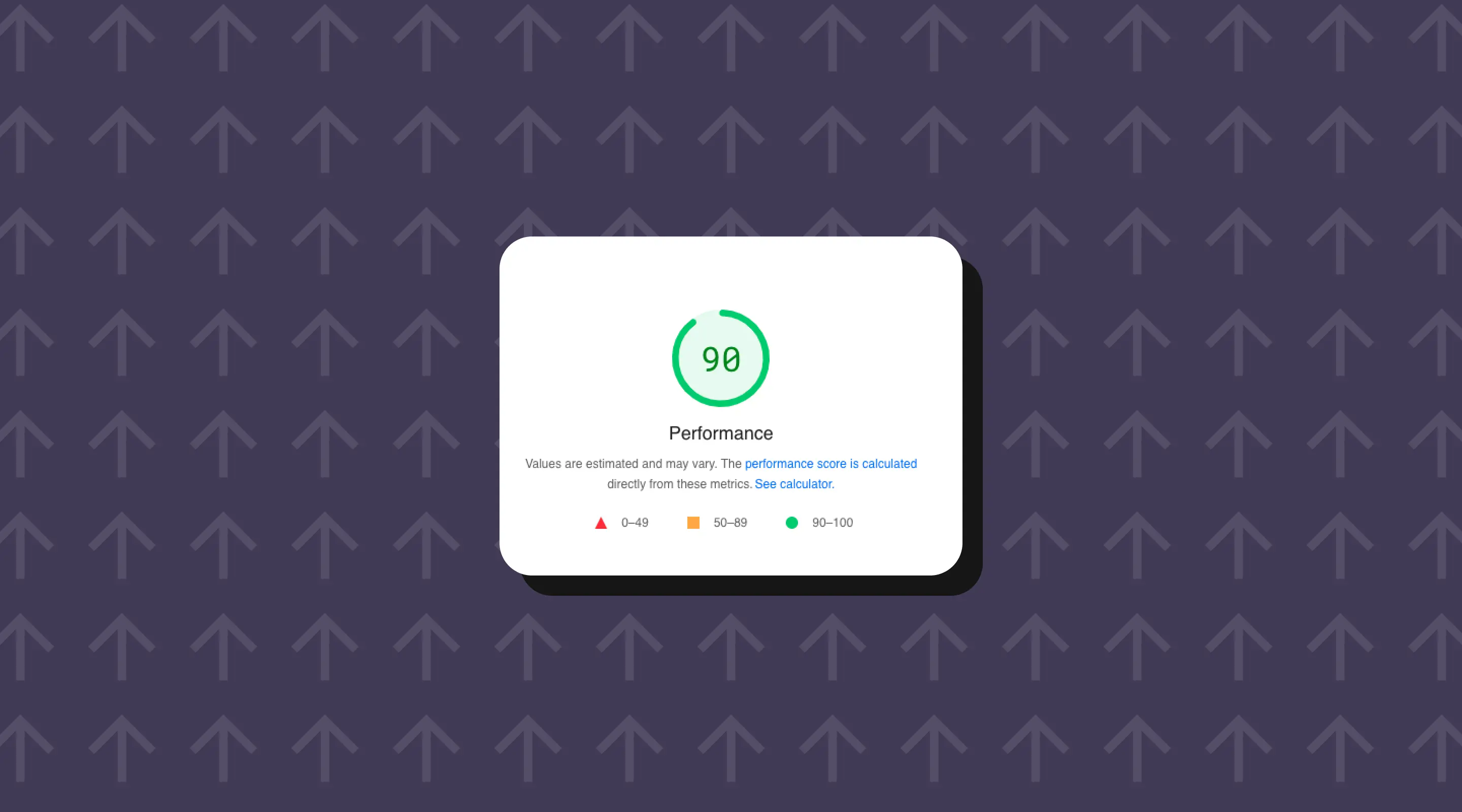How To Optimise Your Website's Speed?
Learn essential website speed optimisation tips to improve performance, enhance user experience, and boost SEO rankings in website design.

Why Optimising Your Website Speed is Important
Users don’t really read websites. They scan through until something catches their eye.
If your website takes too long to load, visitors will simply move on to the next option. This increases bounce rates, reduces engagement, and negatively affects conversions. Especially for e-commerce sites, every second of delay could mean lost sales.
A slow website doesn’t just frustrate users. It also makes your site less attractive to search engines. Google rewards fast-loading websites with better rankings, making speed optimisation a key factor for SEO success.
A well-optimised website:
- Improves user experience
- Enhances visibility on search engines
- Encourages visitors to stay longer
- Increase conversion rates
Let's explore how to check your website's speed and how to optimise effectively.
How to Check Your Website's Speed?
Before optimising your website, conduct a speed check. Recommended tools:
These tools reveal:
- Load times on desktop and mobile
- Performance scores
- Detailed optimisation recommendations
Note: Mobile scores are usually lower due to varying network conditions. Use these insights to optimise for both mobile and desktop.
Key areas to improve:
- Reduce unnecessary scripts
- Optimise images
- Enable mobile caching
- Improve server response time
Now, let's dive into the actionable techniques you can implement right away.
How to Optimise Your Website Speed
1. Minify CSS and Javascript
Many designers overlook this step early on. Minifying these files remove whitespace, comments and unnecessary characters.
Benefits:
- Reduced file sizes
- Faster browser processing
In Webflow: Enable "Minify CSS" and "Minify JS" in the hosting settings.

2. Use Modern Image Formats
Optimised image formats significantly enhance performance.
Common formats:
- JPEG (Joint Photographic Experts Group) - Great for photos
- PNG (Portable Network Graphics) - For transparency
- GIF (Graphics Interchange Format) - Simple animations
- WebP - Modern and lightweight
Did you know that you can compress the images that you have uploaded to Webflow?

Do take note that if your images are a bit too big to be uploaded into Webflow, you can always go to Tinypng and reduce the file size first.
3. Avoid Excessive Javascript Animations
We get it. You want to make your website pop! Animations are attractive and easy to implement with Webflow. However, they increase loading times and lower your PageSpeed Score.
The key here is balance. Ask yourself:
- Do you need complex animations?
- Will a static but fast website provide a better experience?
Tips:
- Minimise complex interactions
- Remove unnecessary animations
- Use interactions only when it enhances UX
4. Remove Unused CSS Styles
Unused CCS Styles slow down your website. To optimize, follow these best practices
- Reuse styles instead of creating new ones for each div, heading, or paragraph.
- Plan your design systematically and group similar styles together.
- Set global styles (eg. an H1 style that applies to all H1 Headings).
5. Avoid Using Background Videos
Background videos can make a website look visually stunning, but they come at a cost; slow loading speeds.
Alternatives:
- Use compressed MP4 or WebM videos
- Replace with image sliders or hero images
- Use background videos only when necessary
Additional Tips for Webflow Users
Enable lazy loading
Webflow has native support for lazy loading images. It helps to improve load time by only loading visible content.
Optimise Fonts
- Limit custom fonts to reduce HTTP requests
- Use system fonts or host fonts directly
Set Proper Image Dimensions
Don't rely on CSS to resize images. Upload them in the right dimensions to reduce file weight.
Use CDN
All Webflow sites comes with a built-in Content Delivery Network (CDN). This ensures:
- Faster asset delivery
- Globally distributed content
Monitor Performance Regularly
Performance fluctuates over time due to content changes or third-party integrations.
Use Google Analytics or PageSpeed Insights monthly to monitor:
- Load time trends
- Device-specific bottlenecks
- High-traffic pages that require attention
Conclusion
Optimising website speed is not a one-off task. It is continous improvement effort.
With tools like Webflow, designers and developers have access to built-in performance features. By following best practices such as minifying codes, compressing images, and managing animations wisely, your website can deliver a seamless and engaging experience for all users.
And most importantly, Google will favour your website in search results.
{{build-better-experience="/directory"}}
Related Articles

Landing Page Copywriting Tips that Convert
Proven landing page copywriting tips to craft headlines, CTAs, and content that engage users, reduce bounce rates, and drive conversions.

Comprehensive Guide to Website Maintenance Services
Essential tips for effective website maintenance.

How to Maintain Your Webflow Website Like a Pro
Keep your Webflow site sharp with this pro guide; covering DIY tasks, SEO, and expert help.
Launch Your Next Website.
Schedule a call with us if you think that we can help you. The least we can do is to give you good advice.

